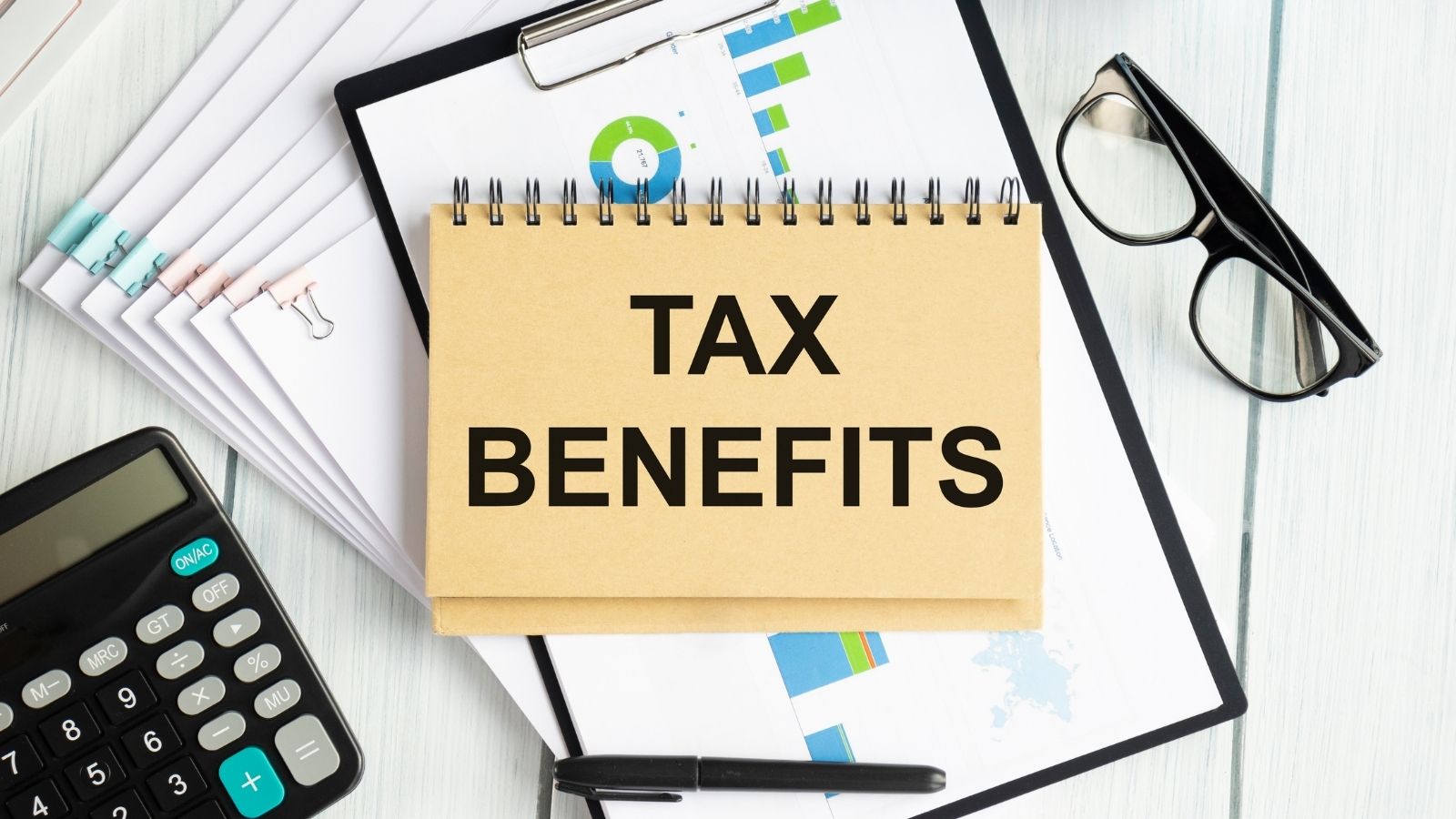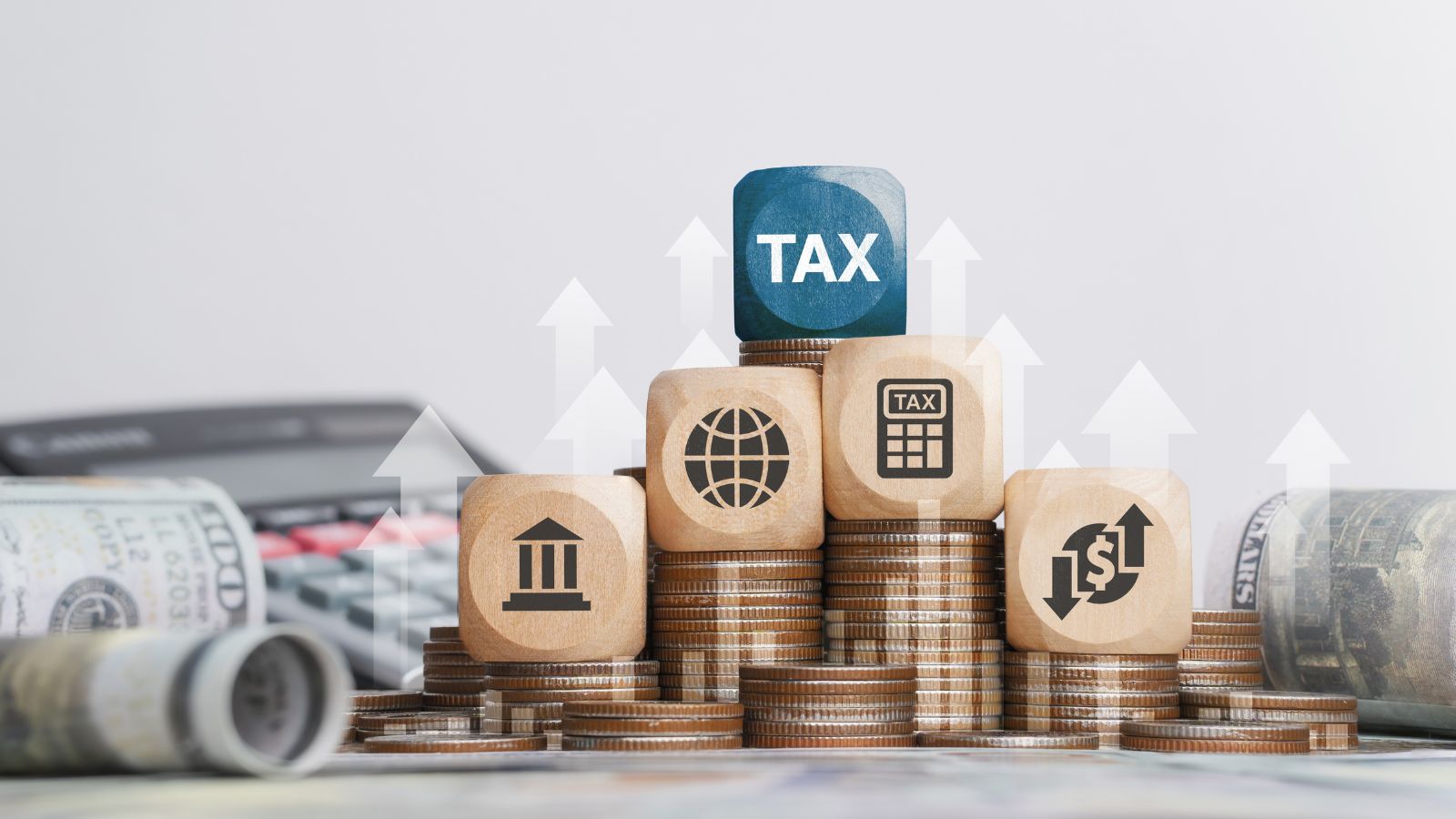Many Canadians are eligible for benefits, rebates, and financial assistance programs they don’t know exist. Whether it’s government grants, tax breaks, or special discounts, these programs are designed to ease financial burdens, but many people miss out simply because they aren’t aware of them. If you’re not taking advantage of these benefits, you could leave money on the table. Here are 19 secret benefits that Canadians should start using right now.
Canada Dental Benefit

Low- and middle-income families with children under 12 can receive up to $650 per year per child to help cover dental expenses. This temporary benefit helps families afford basic dental care without private insurance. Many eligible families don’t apply because they aren’t aware of it. Checking eligibility and applying through the CRA can help families save on dental costs.
GST Credit

The government offers a quarterly tax-free payment to help low- and middle-income Canadians offset GST and HST costs. Many assume they don’t qualify, but even modest-income earners can receive this benefit. It’s automatically calculated when you file your taxes, but some people miss out if they don’t file every year. Checking your CRA account ensures you receive the payments you’re entitled to.
Canada Workers Benefit

This refundable tax credit helps low-income workers increase their take-home pay. It includes basic and disability supplements, up to hundreds of extra dollars annually. Many workers don’t realize they qualify, especially part-time employees or those earning near minimum wage. Filing taxes is crucial to claiming this benefit, even if your income is low enough that you don’t normally file.
Home Accessibility Tax Credit

Seniors and people with disabilities can claim a tax credit of up to $10,000 for home renovations that improve safety and accessibility. This includes installing wheelchair ramps, stair lifts, or walk-in tubs. Many eligible homeowners don’t claim this credit, missing out on significant savings for necessary modifications. Keeping receipts and claiming expenses during tax season can reduce costs.
First-Time Home Buyer Incentive

Buying a home is expensive, but first-time buyers may qualify for government assistance to lower their mortgage costs. The First-Time Home Buyer Incentive offers 5% or 10% of the home’s purchase price as a shared equity loan with the government. This reduces monthly mortgage payments. Many people don’t apply because they assume it’s too complicated, but it can make homeownership more affordable.
Disability Tax Credit

Canadians with disabilities or their caregivers can receive a significant tax break to help cover medical costs and daily expenses. Many eligible people don’t claim it because they don’t realize that conditions like ADHD, chronic illness, or mobility impairments may qualify. The credit also provides access to other benefits, like the Canada Workers Benefit supplement. Talking to a doctor about eligibility can help unlock extra savings.
Unclaimed Bank and Insurance Funds

Millions of dollars sit in Canada’s unclaimed bank accounts, insurance policies, and old investment funds. You could be owed money if you’ve ever switched banks, changed jobs, or lost track of old accounts. The Bank of Canada holds unclaimed balances for decades, allowing Canadians to claim their forgotten funds. Checking the Bank of Canada’s website can help you reclaim your money.
Free Prescription Delivery and Discounts

Some pharmacies and online services offer free prescription delivery and discounted medication prices, but many Canadians aren’t aware of these programs. Some provinces also offer income-based drug coverage, reducing out-of-pocket costs for prescriptions. Checking your provincial health plan and asking your pharmacy about cost-saving options can help you pay less for medication.
Canada Training Credit

Working professionals can receive up to $250 per year (to a lifetime max of $5,000) to help cover the cost of courses, certifications, or training programs. This credit is designed to help Canadians upgrade their skills for better job opportunities. Many people don’t realize they qualify; even part-time workers can use it. Checking eligible training programs can help you develop new skills for less.
Energy Efficiency Rebates

Many provinces offer rebates for home energy upgrades, such as new windows, insulation, heat pumps, and energy-efficient appliances. These rebates can cover thousands of dollars, helping homeowners save on electricity and heating bills. Some programs even offer free home energy audits to identify cost-saving improvements. Checking your province’s rebate programs can help you cut energy costs.
Childcare Subsidies

Many Canadian provinces are lowering daycare costs to help parents afford quality childcare. Some families qualify for further subsidies based on income, reducing fees even more. Some provinces also offer free pre-kindergarten programs. Many parents miss out on these savings because they don’t apply early. Checking provincial childcare assistance programs can help families save thousands per year.
Free Legal Advice Services

Many provinces provide free or low-cost legal advice for people dealing with tenant disputes, employment problems, or family law matters. Legal aid services can provide consultations, document reviews, and representation for qualified people. Many Canadians don’t seek legal help because they assume it’s too expensive. Checking provincial legal aid websites can help you access free advice.
Student Loan Repayment Assistance

Graduates struggling with student loans may qualify for reduced or paused payments through the Repayment Assistance Plan. The government may cover your interest or even part of your principal if your income is below a certain threshold. Many graduates don’t know about this program, continuing to make full payments unnecessarily. Checking the National Student Loans Service Centre website can help reduce debt stress.
Property Tax Deferral Programs

Some provinces and municipalities allow seniors, low-income homeowners, and people with disabilities to defer property taxes until they sell their home. This can free up cash for other essential expenses. Many homeowners don’t know this option exists and struggle with high tax bills unnecessarily. Checking with local property tax offices can reveal hidden savings opportunities.
Workplace Benefits for Mental Health

Many employer health insurance plans cover therapy, counseling, and mental health services, but employees don’t take advantage of them. Some plans offer free wellness programs, gym memberships, and stress management resources. Employees often miss out because they don’t review their benefits package. Checking with your HR department can help you maximize your health coverage.
Car Insurance Discounts

Many insurance companies offer discounts for low-mileage drivers, students, seniors, and good driving records, but they aren’t always automatically applied. Some policies even offer winter tire discounts or multi-policy savings bundled with home insurance. Asking your provider about all available discounts can lower your premiums.
Government Sponsored Retirement Savings Programs

Programs like the Registered Retirement Savings Plan and Tax-Free Savings Account offer tax advantages that help Canadians grow their savings faster. Many people don’t maximize their contributions, missing out on investment growth and tax breaks. Even small contributions add up over time. Consulting a financial advisor can help you plan smarter for retirement.
Free Museum and Park Passes

Many cities and provinces offer free or discounted passes to museums, national parks, and cultural sites. Some public libraries even lend out free access passes to local attractions. Many families pay full price when they could be visiting for free. Checking library and government websites can help you enjoy more activities without spending extra.
Financial Advice

Many Canadians pay for credit score monitoring, not realizing they can access it for free through banks and financial institutions. Some banks also offer free financial planning services to help with budgeting, investing, and debt management. Taking advantage of these resources can help you make better financial decisions.
Conclusion

There are countless benefits, rebates, and programs designed to help Canadians save money, reduce debt, and improve their quality of life. Many go unused simply because people aren’t aware they exist. You can save money today by checking your eligibility, applying for rebates, and asking questions. Don’t leave free money on the table; claim what’s rightfully yours!
20 Reasons Why Wealthy Investors Are Looking At The Caribbean

The Caribbean has long been known for its stunning landscapes and vibrant culture, but in recent years, it has also become an attractive destination for wealthy investors. The region offers numerous financial, economic, and lifestyle advantages that appeal to high-net-worth individuals seeking opportunities. Here are 20 reasons why the Caribbean has captured the attention of the global investment community.
20 Reasons Why Wealthy Investors Are Looking At The Caribbean
